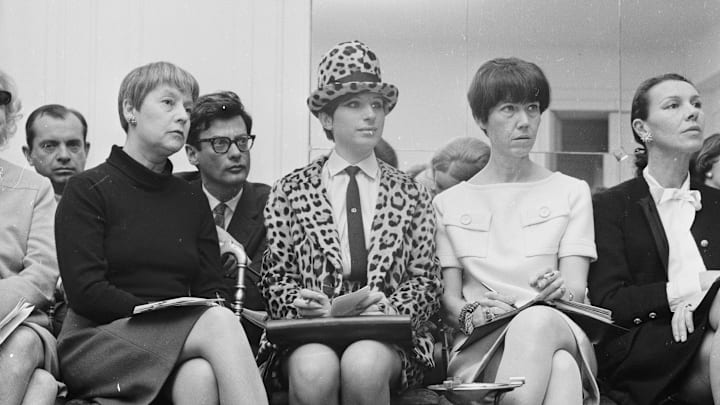The Development of Fashion in the 20th and 21st Century

The 20th century marked a transformative period in fashion, influenced by global events, cultural movements, and technological advancements. The roaring twenties celebrated liberation and flapper style, with women embracing shorter hemlines and relaxed silhouettes. The Great Depression of the 1930s brought simpler, more practical styles to the forefront.
World War II significantly impacted fashion as fabric shortages led to the introduction of utility clothing. After the war, the 1950s saw a return to glamour, epitomized by iconic figures like Audrey Hepburn and Grace Kelly, and the emergence of the “New Look” by Dior, characterized by cinched waists and full skirts.
The latter half of the century introduced youth culture, driven by rock 'n' roll influences. The 1960s and 70s embraced countercultural movements, leading to eclectic styles such as bohemian, hippie, and punk. Fashion became a vehicle for rebellion and self-expression, reflecting the values of the time.
In the 21st century, fashion has continued to evolve rapidly, driven by globalization and the rise of digital technology. Social media platforms like Instagram and TikTok have democratized fashion, allowing influencers and everyday individuals to shape trends. Sustainability has become a crucial focus, with consumers demanding ethical practices and greater transparency in the fashion supply chain.
Inclusivity is now a central theme, challenging traditional beauty standards and promoting diverse representations in fashion campaigns and runway shows. As we navigate the complexities of modern life, the ongoing dialogue between tradition and innovation will shape the future of fashion, reflecting our evolving identities and values.